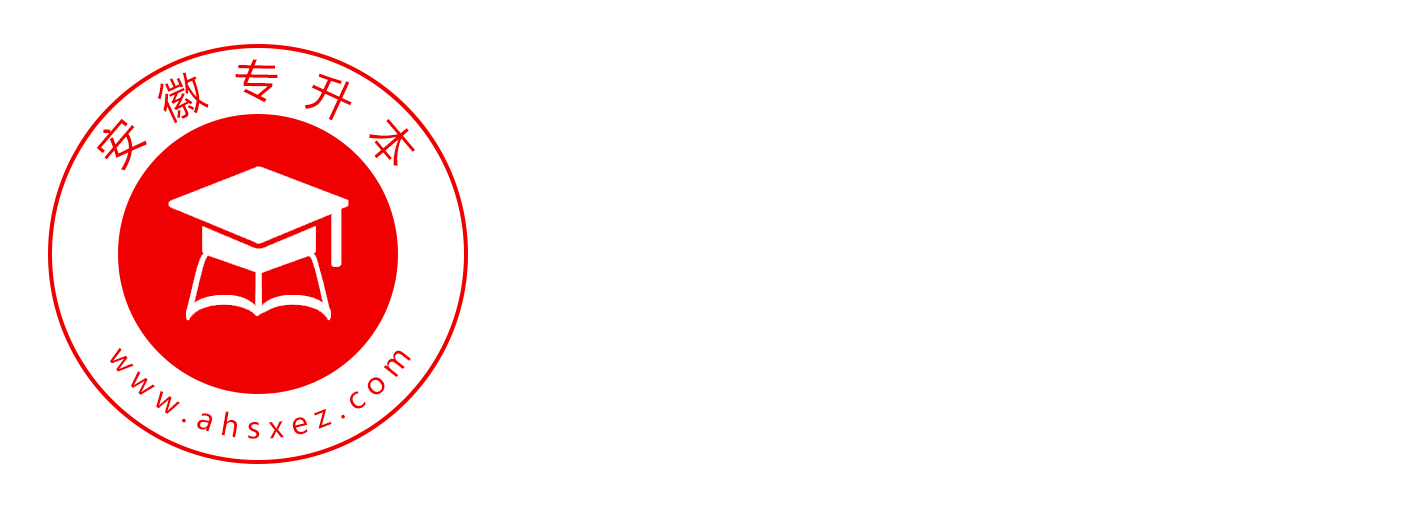【導讀】有同學在找安徽專升本歷年真題,安徽專升本網在這里為大家準備了2024年安徽專升本英語真題閱讀理解(二)及參考答案,希望能對大家有所幫助!
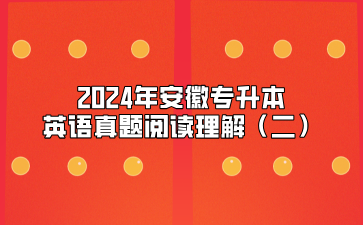
2024年安徽專升本英語真題閱讀理解(二):
New media technologies like social media platforms present traditional Chinese culture to young people in unprecedented ways,leading to increased interest and a deeper understanding of this subject.Of course,the younger generation's love of traditional culture does not happen randomly,but is a natural result of their hope to live a cultural life.Young people are also attracted by the intrinsic and unique charm of countless traditional cultural treasures waiting to be discovered.
Social media platforms have became vital for museums to promote
themselves.Douyin's 2023 Museum Date Report states that the total number of views of museum-related videos on the platform last year reached about 51.3 billion,66 times the annual number of museum visitors nationwide,which in turn brings life to traditional Chinese culture again.
Previously,young people paid little attention to traditional Chinese culture,but now it's different.There are many media reports that inheritors of traditional cultural treasures now talk widely about their work on different media platforms,which has indirectly encouraged more young people to learn about and carry on the treasures.
31.What does the word"subject",in the third line of the passage refer to?
A.New media technologies B.Unprecedented ways C.Traditional Chinese culture D.Young people
答案:C
解析:文章第一段第一句就提到了,像社交媒體平臺這種新媒體技術以前所未有的方式向年輕人呈現了中國文化,使他們對這個主題有了更濃厚的興趣和更深刻的理解。那么在這里,“這個主題”很明顯指的是中國文化。
32.The underlined word"charm"in the first paragraph probably
means
_____
A.attraction B.confidence C.love D.treasure
答案:A
解析:charm原本的意思為魅力。文章中說年輕人會被數不清的中國文化珍寶內在且獨特的魅力所吸引。那么選項中和魅力意思最為接近的就是attraction為吸引力。
【結尾】以上是“2024年安徽專升本英語真題閱讀理解(二)及參考答案”的相關內容了,關注安徽專升本網(www.ahsxez.com),獲取2025年安徽專升本考試大綱、招生簡章、招生計劃等內容,助各位同學成功上岸!

安徽專升本聲明
(一)由于考試政策等各方面情況的不斷調整與變化,本網站所提供的考試信息僅供參考,請以權威部門公布的正式信息為準。
(二)本網站在文章內容來源出處標注為其他平臺的稿件均為轉載稿,免費轉載出于非商業性學習目的,版權歸原作者所有。如您對內容、版權等問題存在異議請于我們聯系,我們會及時處理。
文章來源于網絡,如有侵權,請聯系刪除







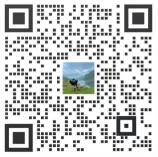





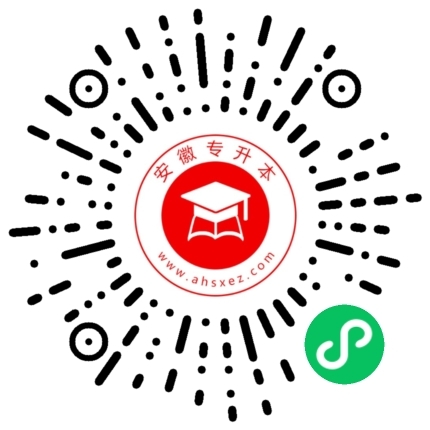







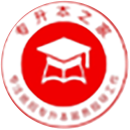




 新手指南
新手指南  資考老師
資考老師  教資培訓
教資培訓  升本報名
升本報名  自考咨詢
自考咨詢  成考咨詢
成考咨詢 



